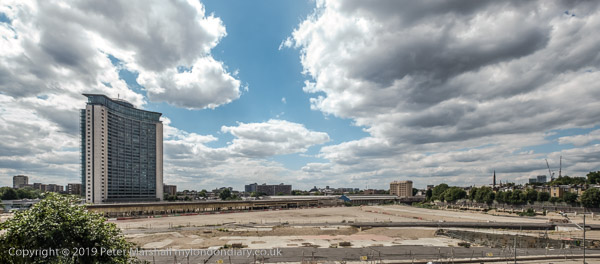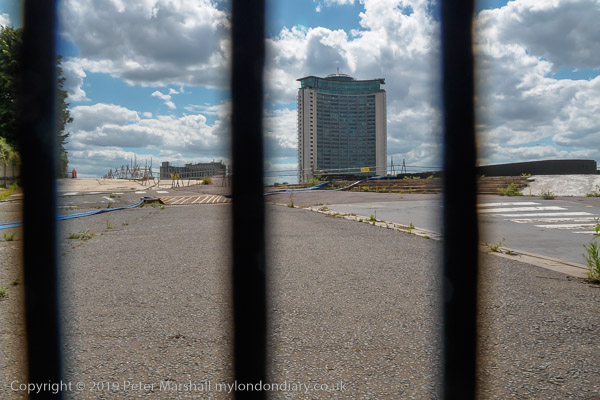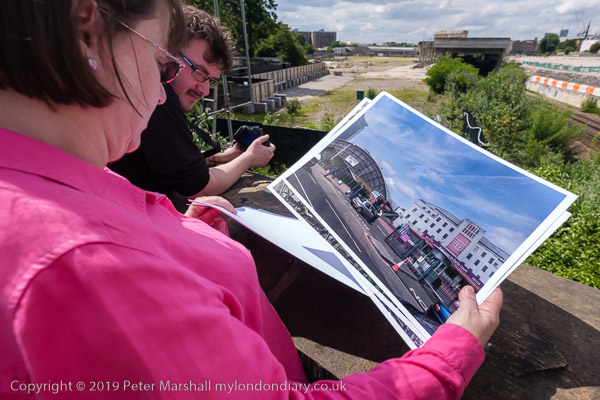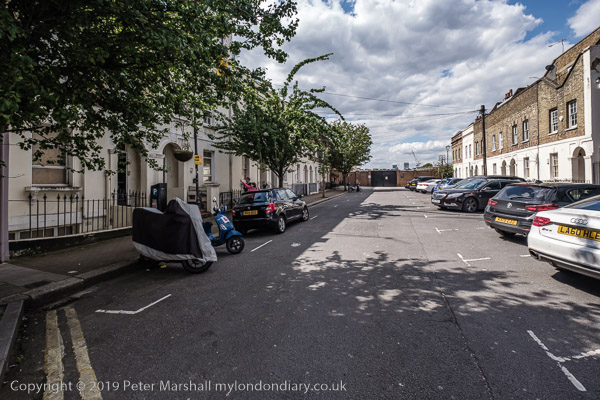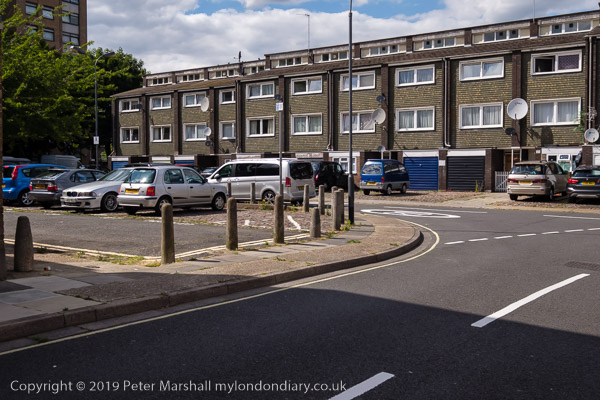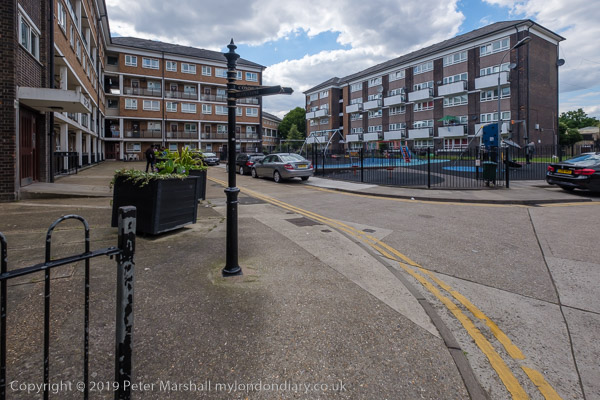Grade II listed 18 Melbury Road is now distinguished by two blue plaques, neither of which appear in my picture. Like many houses in this street in Holland Park it was home to a noted artist, in this case William Holman Hunt (1827-1910), one of the founders of the Pre-Raphaelite Brotherhood in 1848. The house was built in 1877, but Hunt only moved here in 1903 and it was here that he died. His widow was still living here when the plaque to him was added to the front of the house in 1923.
Cetshwayo (c.1832-1884) King of the Zulus enjoyed a rather shorter stay, arriving in August 1882 after his defeat and capture in the Anglo-Zulu War of 1879, an entirely uncalled for attack on Zululand by British forces, who at first suffered an ignominious defeat at Isandhlwana before finally winning the war and taking Cetshwayo prisoner. He was brought to London together with his chiefs, where he was welcomed by inquisitive crowds and met with both the Prime Minister and Queen Victoria, and they agreed to re-instate him as King of Zululand, to where he was secretly returned the following January.
His reinstatement did not go well and he returned to a bloody civil war and had to seek refuge in a British reserve. He died, officially of a heart attack, but possibly poisoned in February 1884 and two months later his heir became king. The English Heritage blue plaque commemorating his stay, just above that of Hunt’s was only unveiled in 2006, long after I took this picture.
In 1875 noted architect William Burges began the building and furnishing of the Tower House in a French Gothic Revival style as his home, but died as it was more or less completed in 1881 and was inherited by his brother-in-law, who later sold it. After several owners and tenants, and Grade I listing in 1949 John Betjeman inherited the remaining lease in 1962, but found the property needed expensive repairs and moved out without extending the lease. He claimed that after this it was deliberately left empty and left it to rot and be vandalised, hoping to be allowed to demolish it and develop the site.
Lady Jane Turnbull bought the house in the mid-60s to save it and began its restoration, selling it to actor Richard Harris for £75,000 in 1969 who continued the work. Three years later he sold it to Jimmy Page of Led Zeppelin (who outbid David Bowie for the property) for £350,000 and Page still owns it and has in recent years carried out a long legal battle with his neighbour Robbie Williams over his plans for underground excavations to develop his property that might threaten the structure of Tower House.
Christmas was coming as I took these pictures in December as the multi-lingual messages on The Canning School suggest.
Pineapples, brought to Europe by Christopher Columbus soon became a symbol of wealth and status – and were apparently available for hire to be displayed (but now consumed) at posh dinner parties in the 18th century. Only the incredibly rich could afford to eat them at around the equivalent of £5,000 a fruit. And although they are now commonplace in supermarkets and market stalls, back in my working-class youth they only came in tins as rings or chunks. They can be seen on many buildings across London from St Paul’s Cathedral down – and here on the gateposts of Moscow Mansions.
The queues of traffic dawdling into London on the A4 were greeted by a car in an unusual parking place on this hoardiing.
Looking over a wall or fence you can still see these railway lines, at left is now the London Overground going down to West Brompton Station, but in 1987 this line was only in use for goods trains, with passenger services only being resumed in 1994 and the Network Rail platforms at West Brompton only coming into use in 1999. At lower level is the District Line of the London Underground, coming from Olympia behind me and West Kensington at right. Behind that is the Lillie Bridge Railway and Engineering Depot; missing now from the right of centre is the large bulk of Earls Court Exbition Centre, but the Metropolitan Police tower at right is still present.
Out of the previous picture to the right is Ashfield House in West Kensington, a block of offices for London Underground, which now includes a mock Underground Station, West Ashfield, used for training purposes. The building was purpose-built for London Underground and opened in 1983. It is likely to be demolished as a part of the redevelopment plan for the area.
Clicking on any of the pictures above will take you to a larger version on my Flickr album 1987 London Photos from where you can browse through over 750 black and white pictures I made that year – these are all on Page 8.
All photographs on this and my other sites, unless otherwise stated, are taken by and copyright of Peter Marshall, and are available for reproduction or can be bought as prints.







